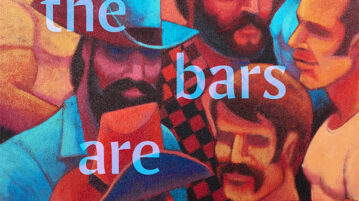
Stepping Out
The Bars Are Ours is a remarkable achievement and essential reading for any serious student of contemporary queer history.
More
The Bars Are Ours is a remarkable achievement and essential reading for any serious student of contemporary queer history.
More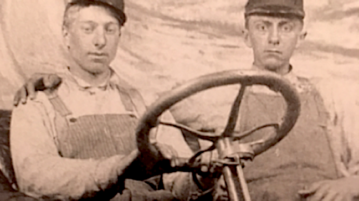
WHILE the 1969 Stonewall Rebellion in New York’s Greenwich Village is generally considered the spark that ignited the gay liberation movement in the U.S., San Francisco was the true epicenter of gay life for much of the previous century, as demonstrated by the following chronology of quick takes that briefly highlight some of the pioneering individuals, organizations, publications, and events that took place in San Francisco.
MoreVALENTINE’S DAY, 1978. The Castro District of San Francisco was buzzing with an infectious, sexy energy. Since last November, the gay community has been on a high after Harvey Milk won a seat on the San Francisco Board of Supervisors—the first openly gay man to be elected in a major U.S. city. Like so many gay people, I was downcast and pessimistic during the Nixon years. Harvey changed all that. Nevertheless, ahead of us were considerable headwinds at the state level.
MoreIN 1967, Nicola De Bartolo appeared before Italy’s Supreme Court of Cassation. She was appealing a conviction for “wearing a mask in a public place.” Unbeknownst to De Bartolo,…More

Editors Note: This issue marks the start of The G&LR’s thirtieth year of publication. Our thirtieth birthday is still a year off, but this seems a good time to take stock of where we’ve been and where we are now.
As luck would have it, a frequent contributor to the magazine, John Killacky, recently wrote a piece for an on-line magazine, The Arts Fuse (artsfuse.org), which provides a general history and overview of The G&LR. While written for a “lay” audience, I think it contains some facts and figures that even veteran readers of this magazine may find interesting. (What follows has been adapted from the Arts Fuse piece.)
More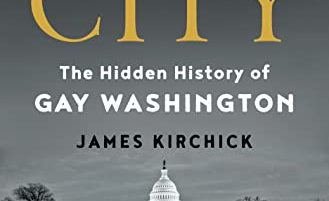
Secret City flips a light switch on, illuminating over six decades and eleven presidential administrations, from Roosevelt to Clinton. What’s shown is an epic story with a cast of thousands—well-known and forgotten, villains and victims. It’s a history of gay Washington, where the fear of blackmail and the rise of a vast national security apparatus during the Cold War years made being gay especially dangerous.
More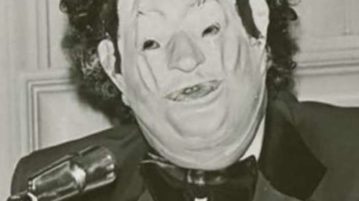
John Fryer as “Dr. Henry Anonymous,” wearing a mask, started by stating that he as psychiatrist, a member of the APA, and a homosexual.
More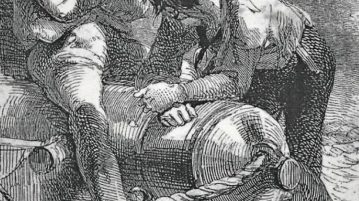
Maritime commerce in general, and whaling in particular, provided a haven for men of all races and creeds in the 19th century.
More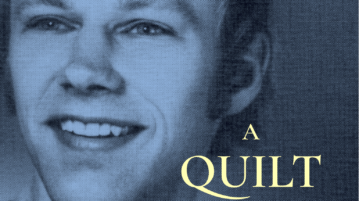
Tim Miller interviews author Steven Reigns.
MoreA LETTER to the Editor in the January-February 2010 issue of this magazine sparked my interest in the Knights of the Clock, America’s first integrated gay and lesbian social club, founded in Los Angeles in the early 1950s. …
More